Jan Williams’ uncle frequently discouraged her, along with the rest of the family, from visiting his apartment. She understood why when she finally went there shortly after his death in September 2019.
The woman was awestruck to discover that her late uncle, Ron Gittins, had turned his home into amuseum, decorating every corner with intricatemurals, sculptures, and even a hand-crafted concrete fireplace shaped like a roaring lion’s head.
As Jan explained, Ron was “flamboyant” and “really outlandish.” He’d often be seen around town in a costume and enjoyed searching for things that could prove useful for his artwork, such as bags of cement.
“He was a kind of performance artist, and the flat he created was like his stage setand own private world,” she said.
Ron Gittins spent decades creating art inside his apartment in Birkenhead, England
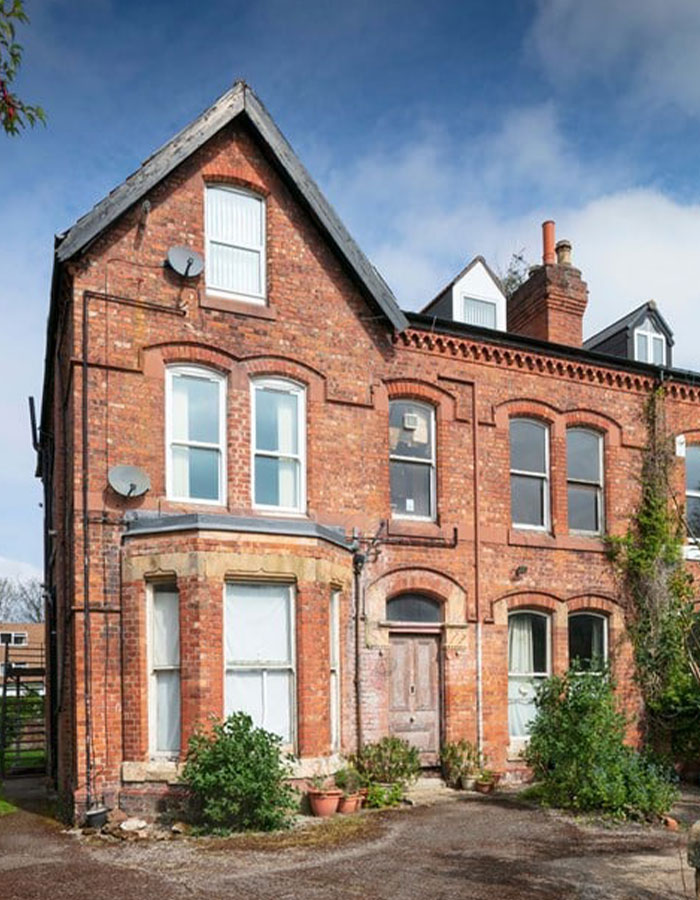
Image credits:historicengland
“His behavior was quite challenging, but we still loved him and thought the world of him,” she said.
Ron moved to theVictorianapartment in Birkenhead, just outside of Liverpool in northwest England, in the mid-1980s.
Though he lacked formalartistictraining, he employed his creativity and obsession with history to depict scenes set in Ancient Egypt and Georgian England. His bathroom walls were completely painted with an undersea-bluecolor scheme, including different marine creatures.
Among his unique creations was a massive Minotaur’s head, which adorned a secondfireplace, along with a Roman bread oven.
His family only discovered his talent when they visited the apartment after his death in 2019
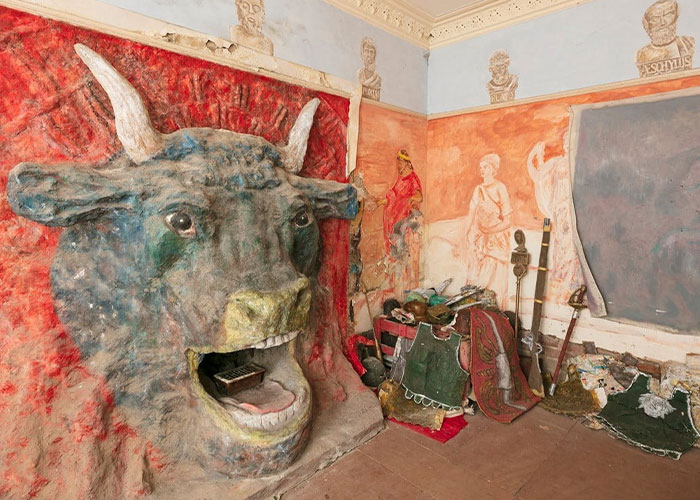
Ron’s family wasn’t going to let his secret museum go to waste. After the artist’s passing, his loved ones established the Wirral Arts and Culture Community Land Trust (WACCLT) with the aim of saving “Ron’s Place.”
They launched acrowdfunding campaign, applied for listed status, and managed to purchase the building last year, along with the numerous gems hidden inside.
“Including Ron’s Place on the National Heritage List for England allows us to highlight and celebrate what is significant about this extraordinary place, and helps us to make sure that any future changes to it do not result in the loss of its significance,” a spokesperson for Historic England told the broadcast.
Ron’s loved ones came together to buy the building, which has been granted protective status
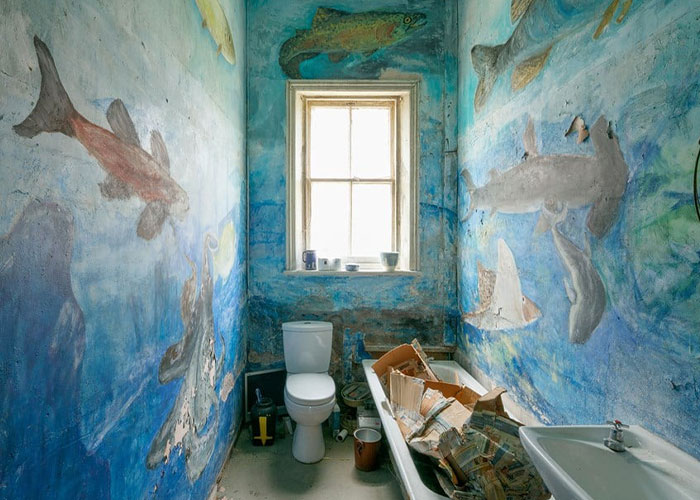
The plan is to turn the property, now undergoing work to “stabilize and preserve” the artwork, into a “micro-museum.”
The apartment is the first example of outsider art being given protective status.
“He was a kind of performance artist, and the flat he created was like his stage set and his own private world,” his niece said
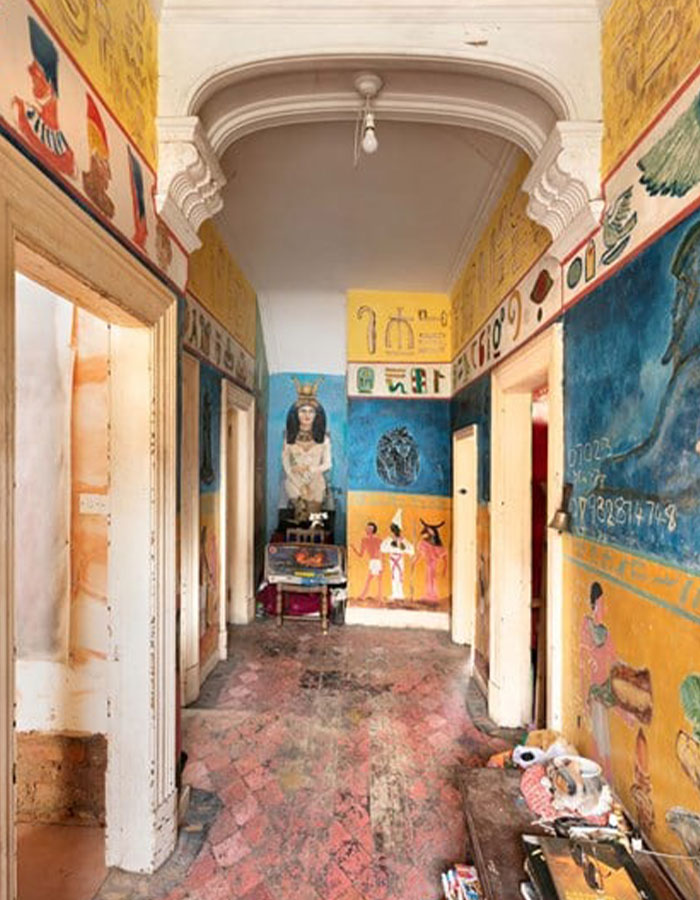
Despite his reserved attitude towards his artwork, the eccentricartistwould’ve taken pride in the landmark recognition it has received, his niece says.
“Ron would be absolutely over the moon.
“He did have some mental health issues and went through spells of being really unstable. I think it was his artwork and creativity that kept him going.”
“Glad to see the British government stepping in to protect his legacy,” a social media user commented
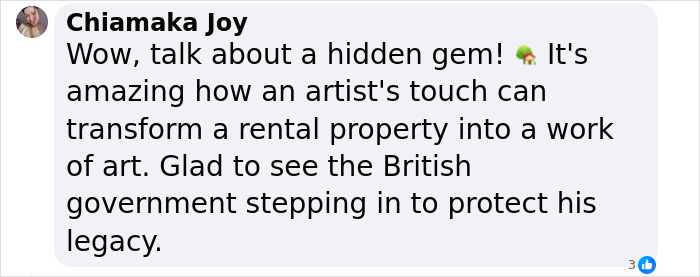





 You May Like50 AI Art Fails That Are Both Horrifying And HilariousEglė Bliabaitė168 Of The Most Famous Paintings In Art HistoryAivaras Kaziukonis44 Famous Still-Life Paintings That Convey The Beauty Of Everyday ObjectsAivaras Kaziukonis
You May Like50 AI Art Fails That Are Both Horrifying And HilariousEglė Bliabaitė168 Of The Most Famous Paintings In Art HistoryAivaras Kaziukonis44 Famous Still-Life Paintings That Convey The Beauty Of Everyday ObjectsAivaras Kaziukonis
Eglė Bliabaitė
Aivaras Kaziukonis
Art